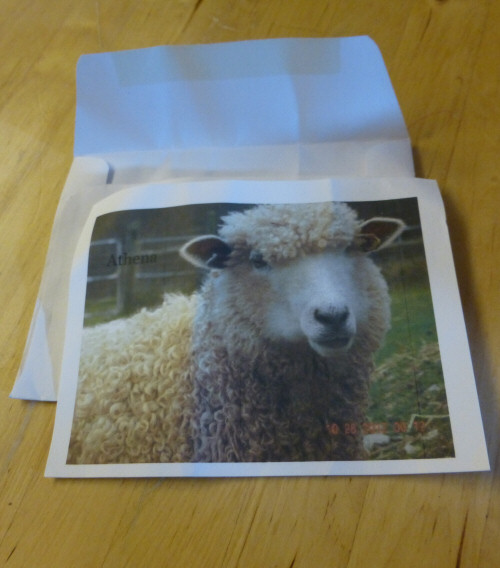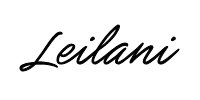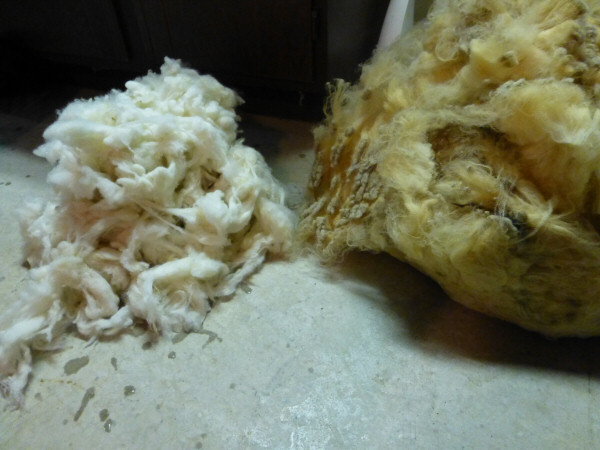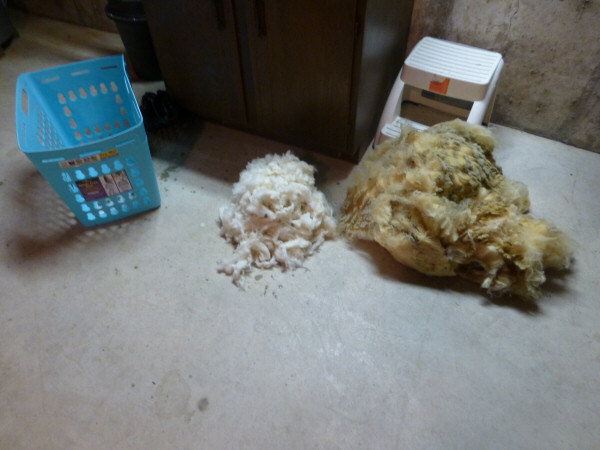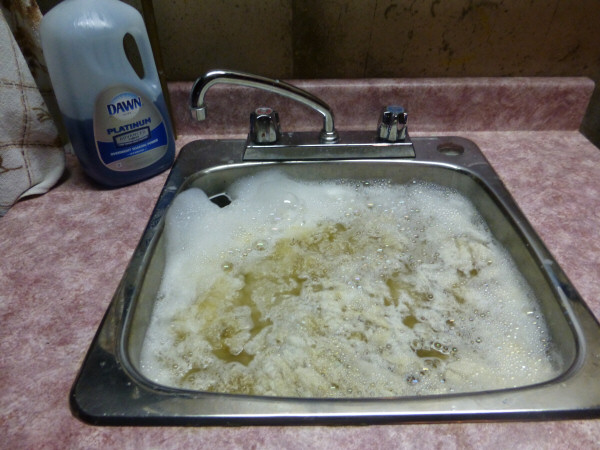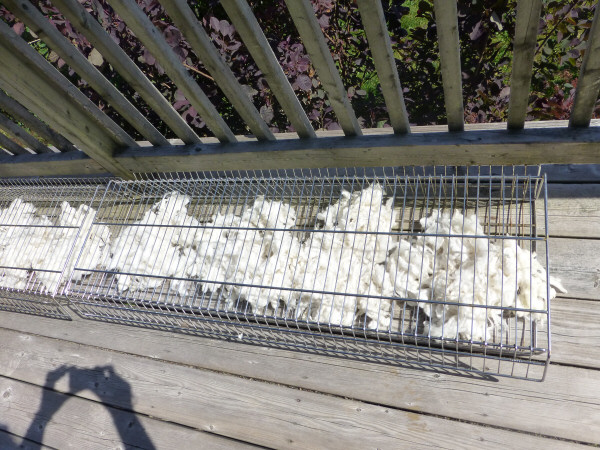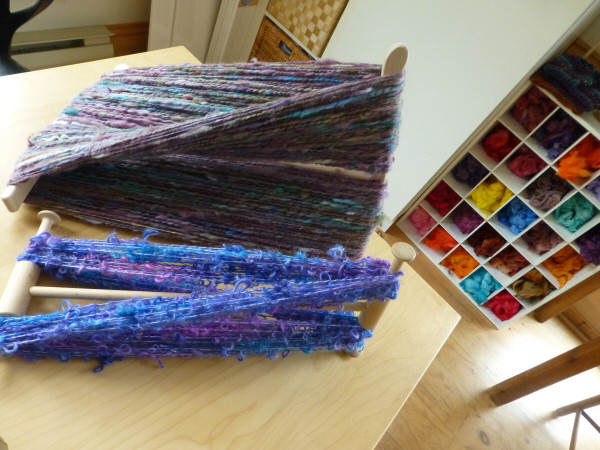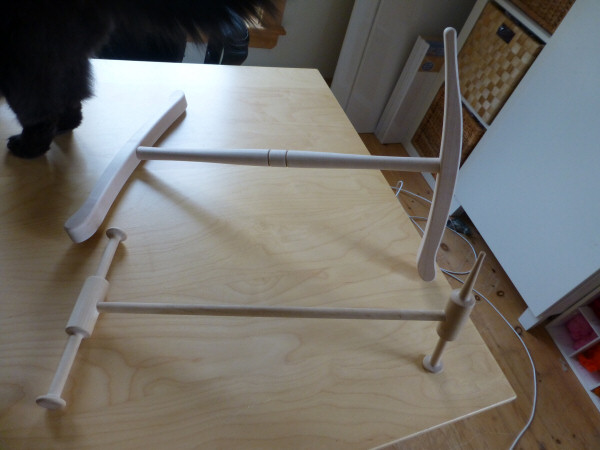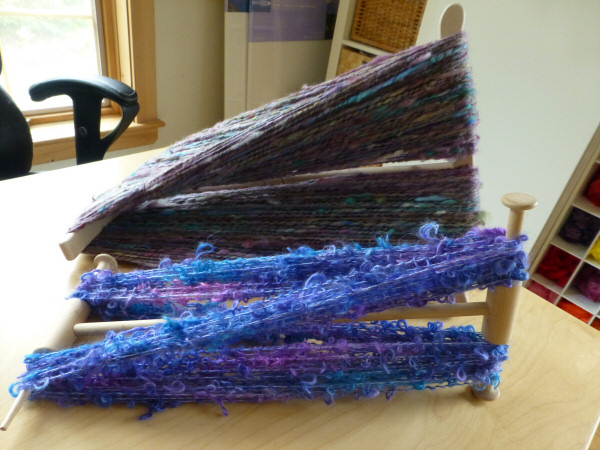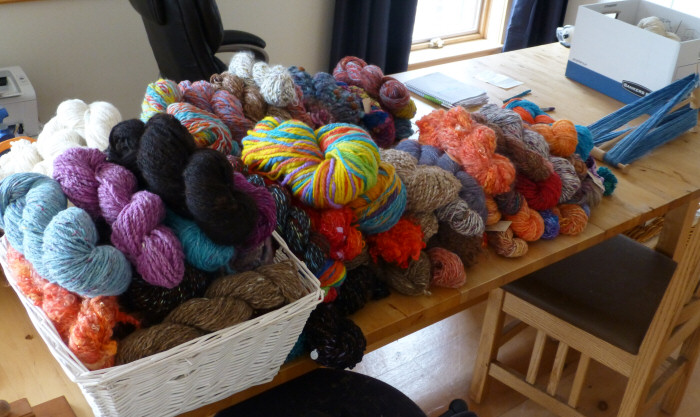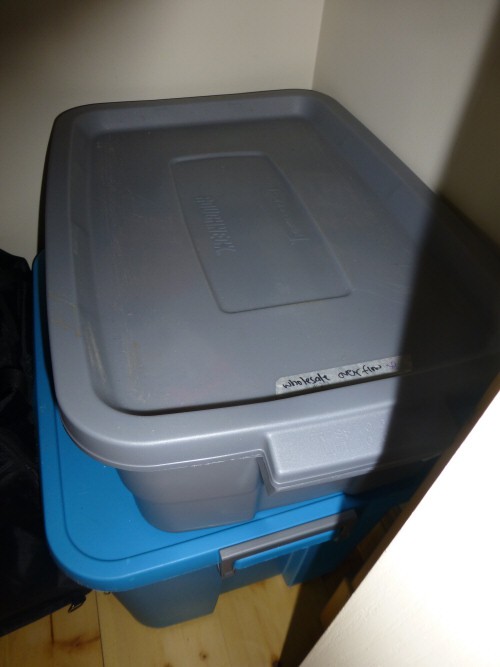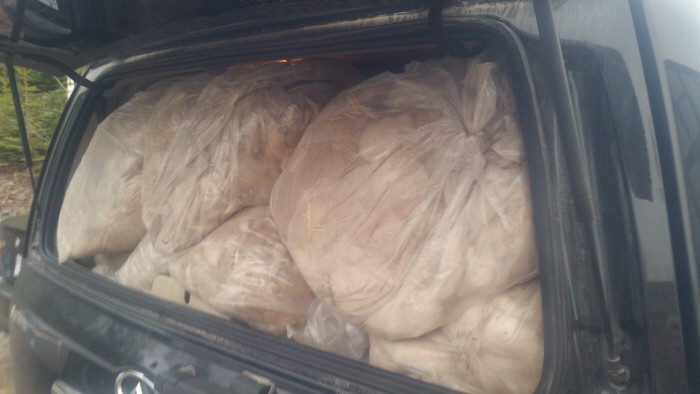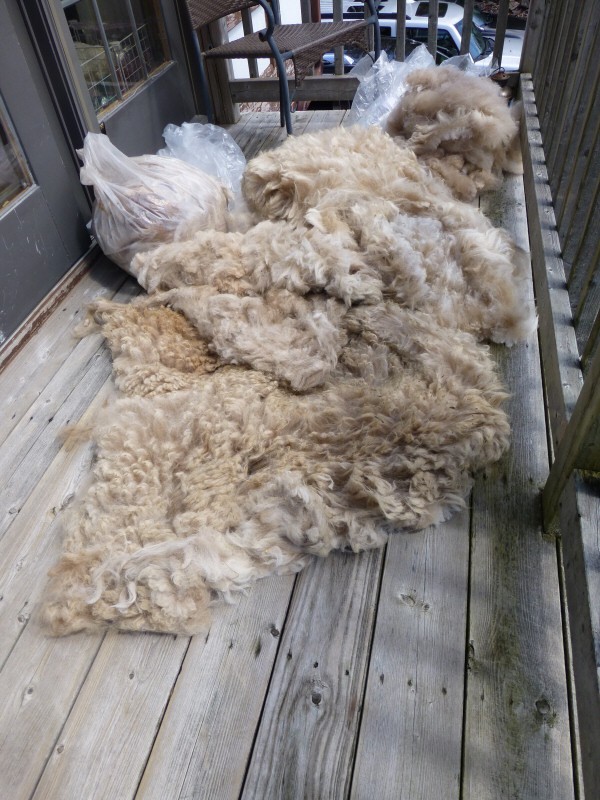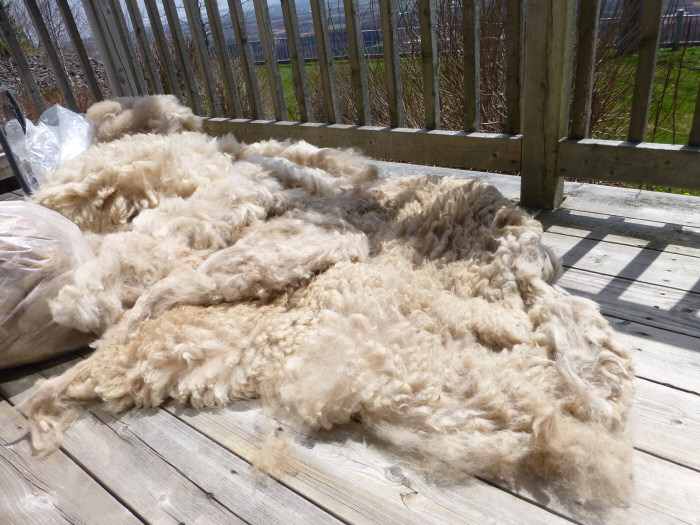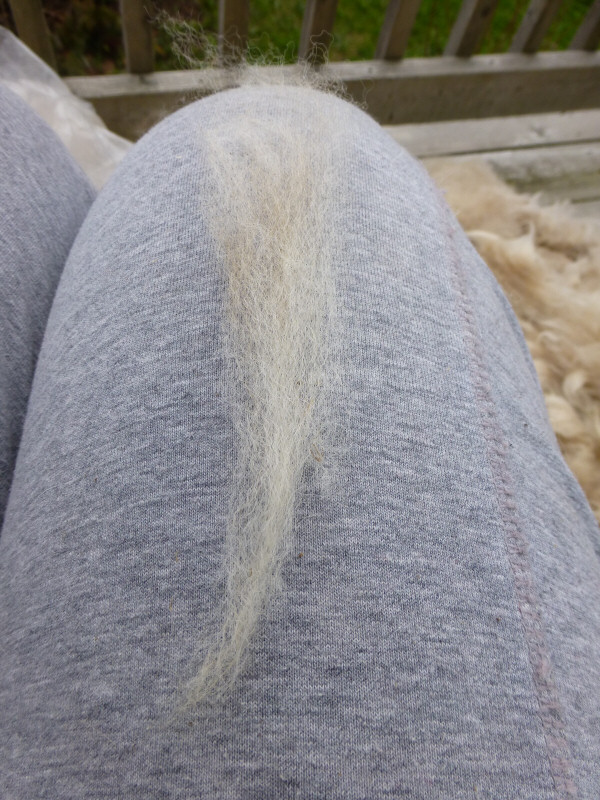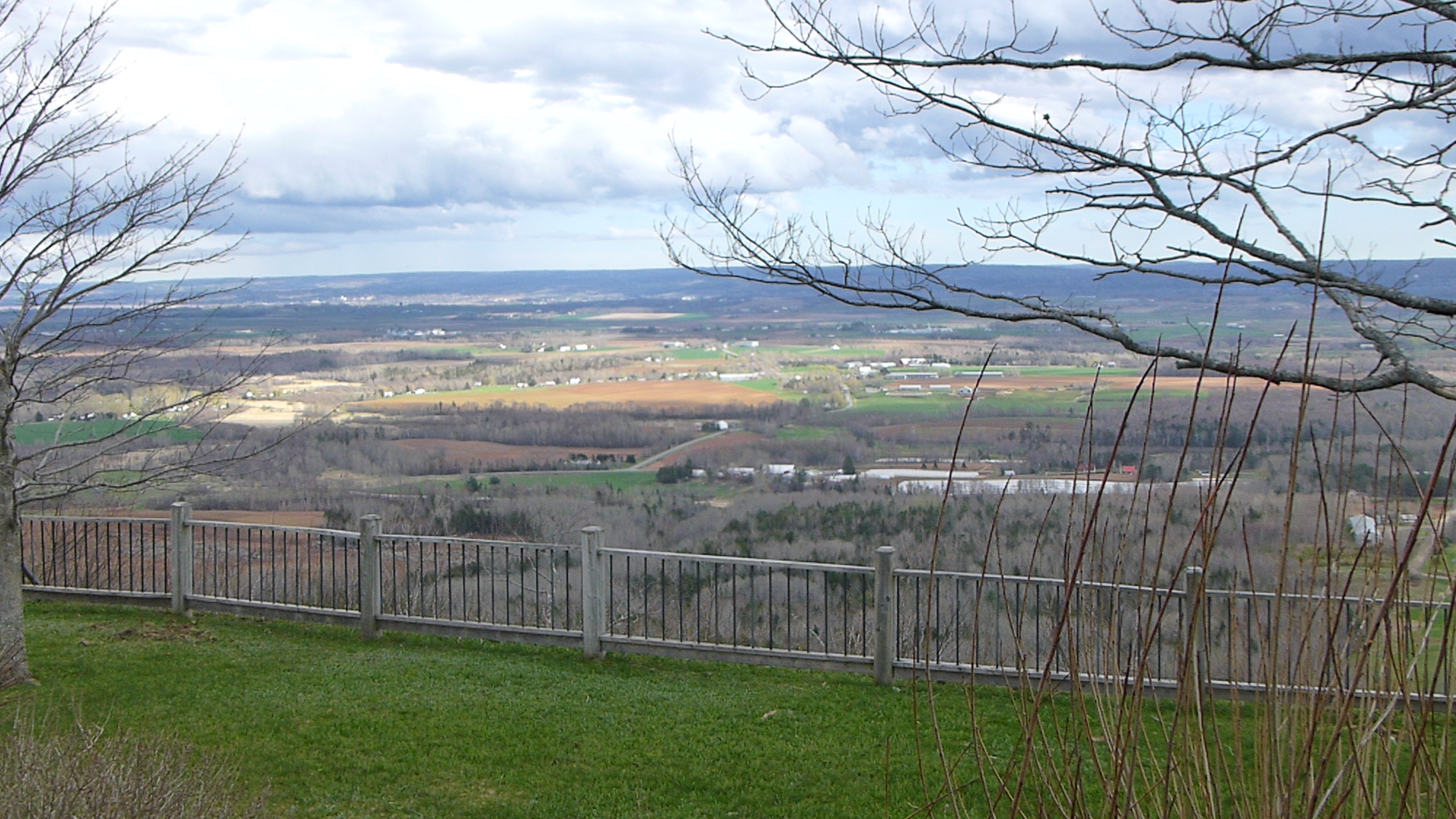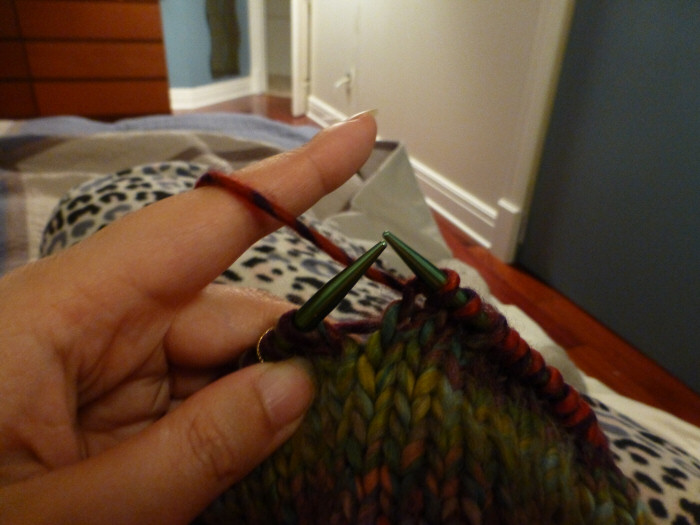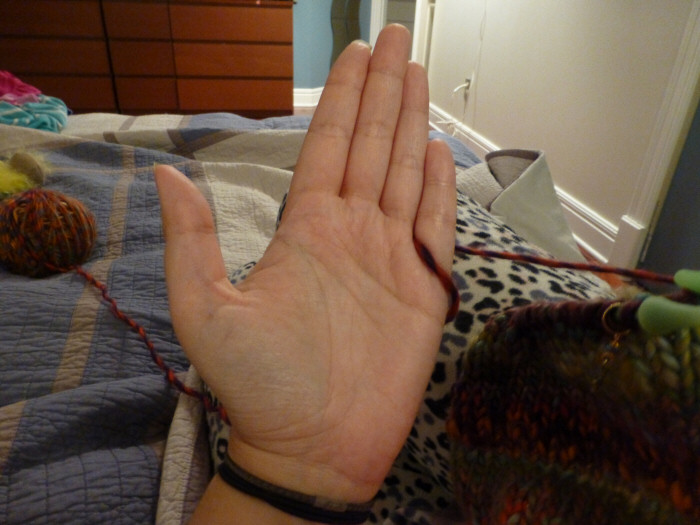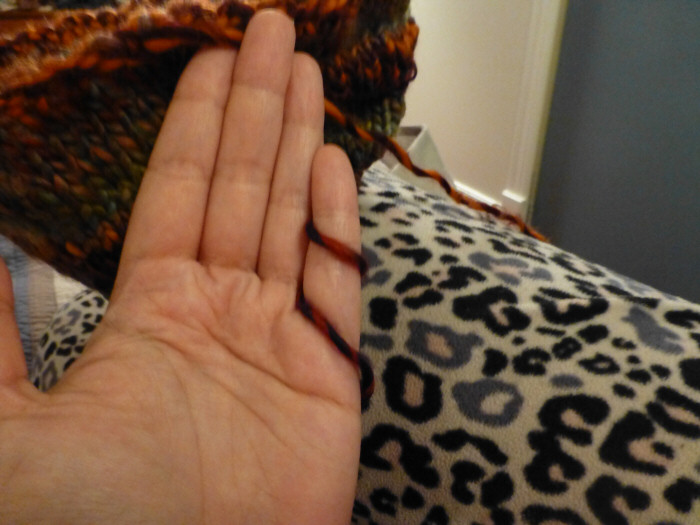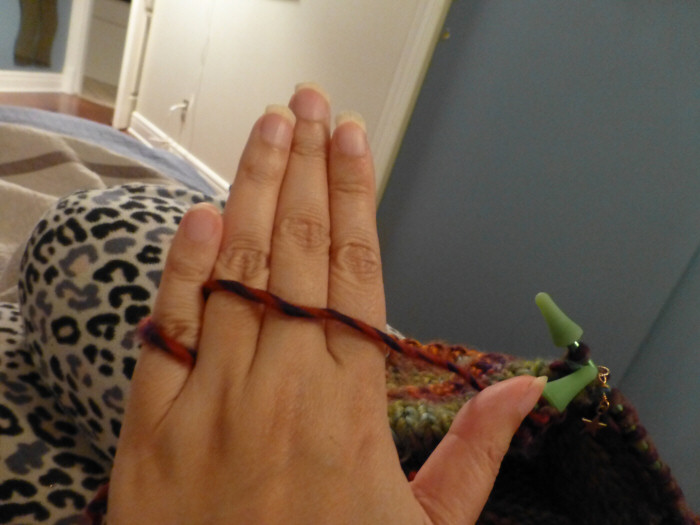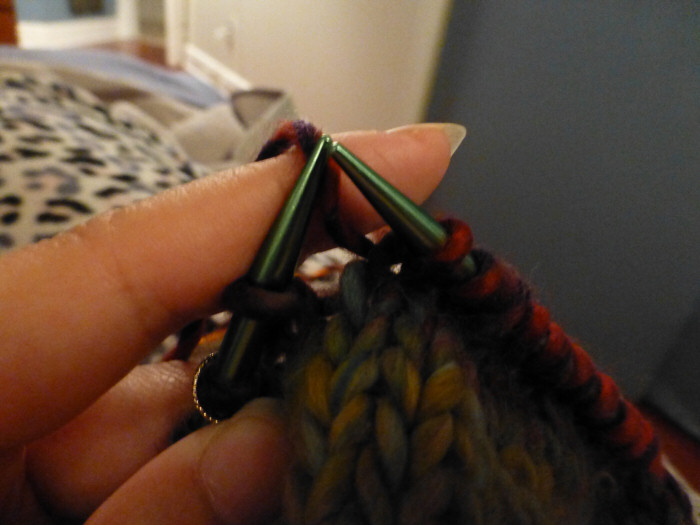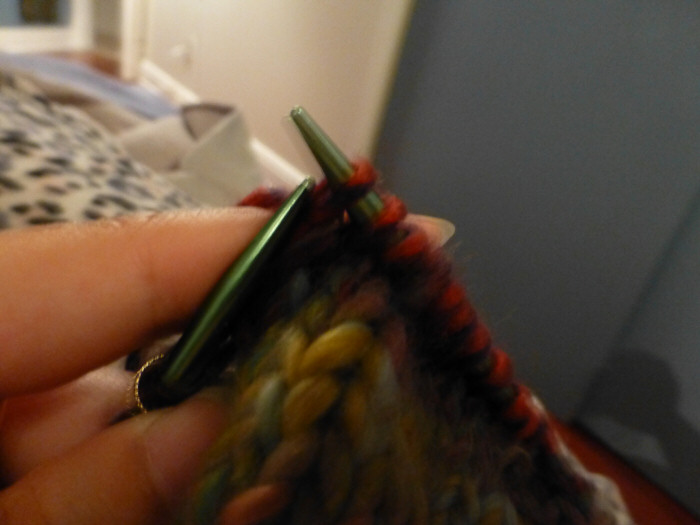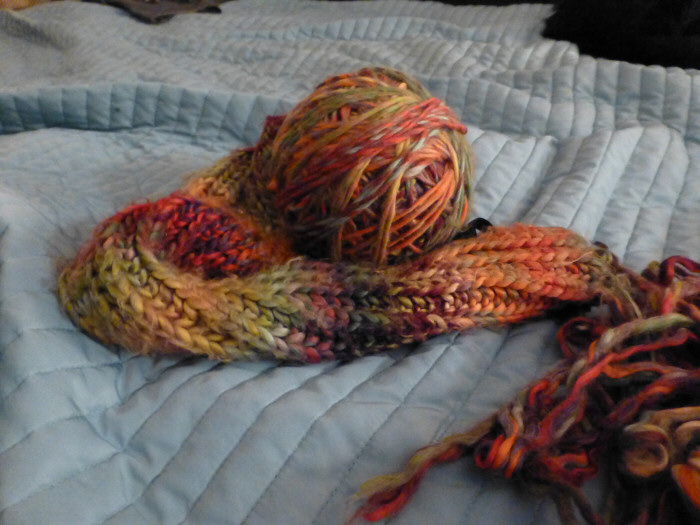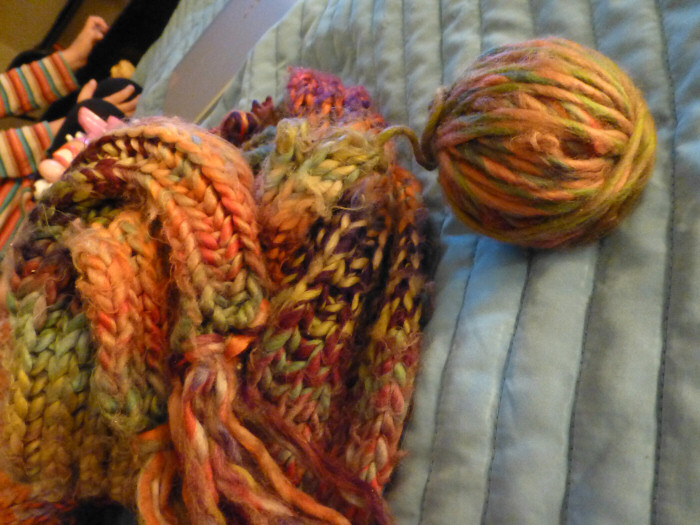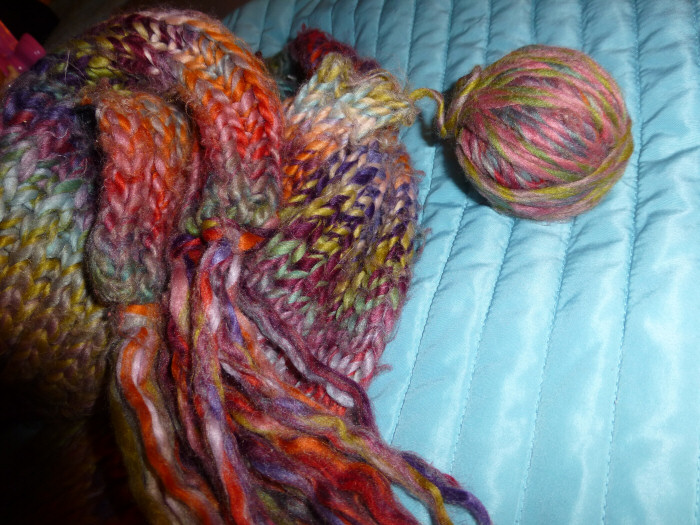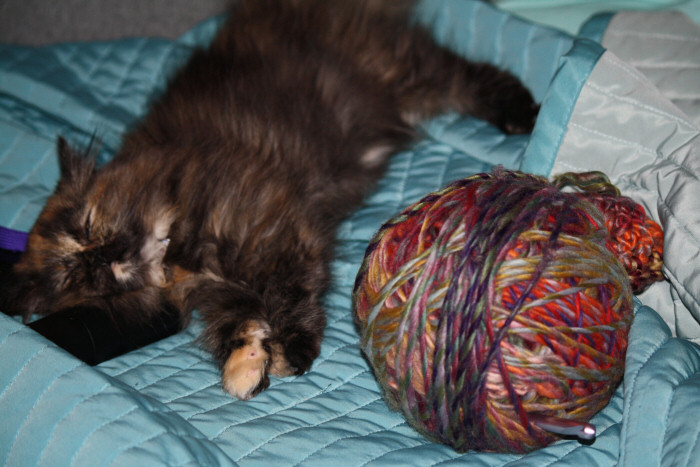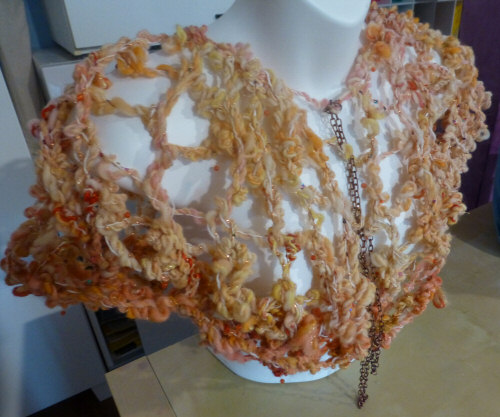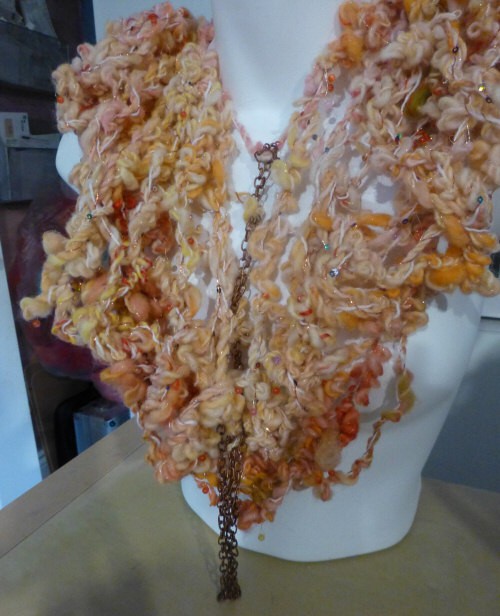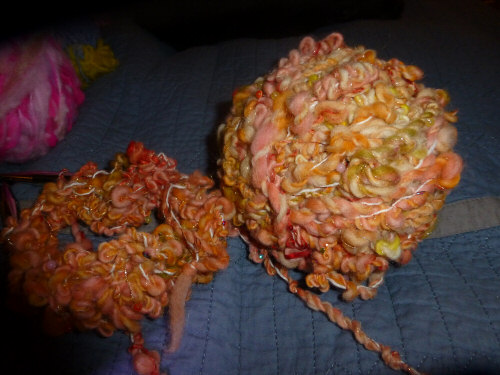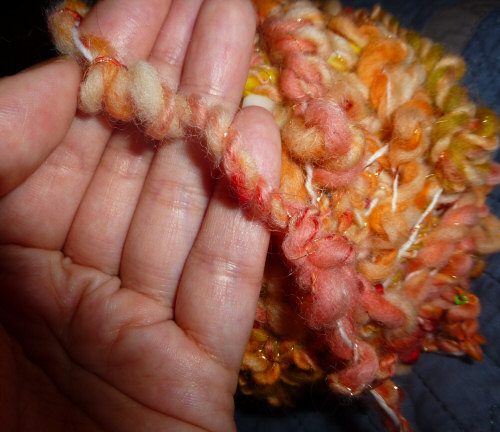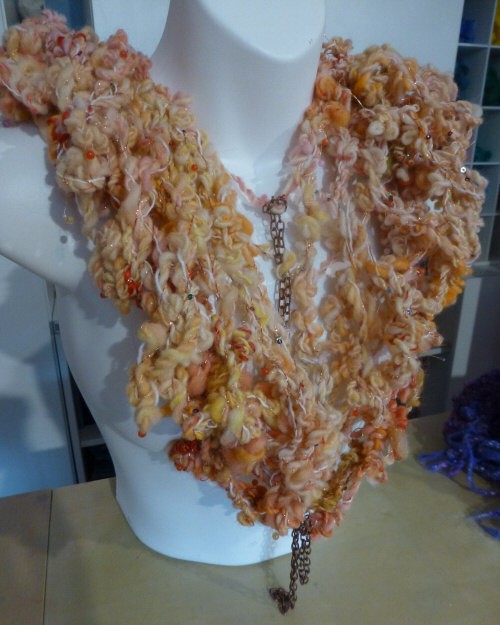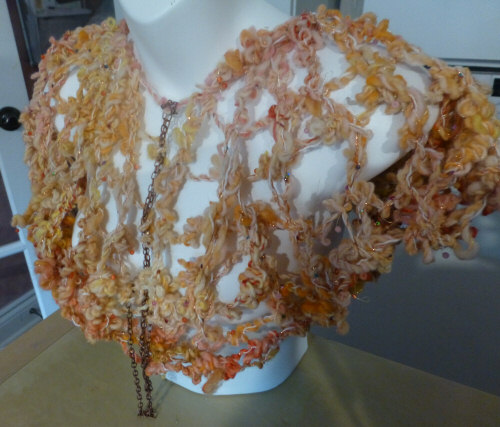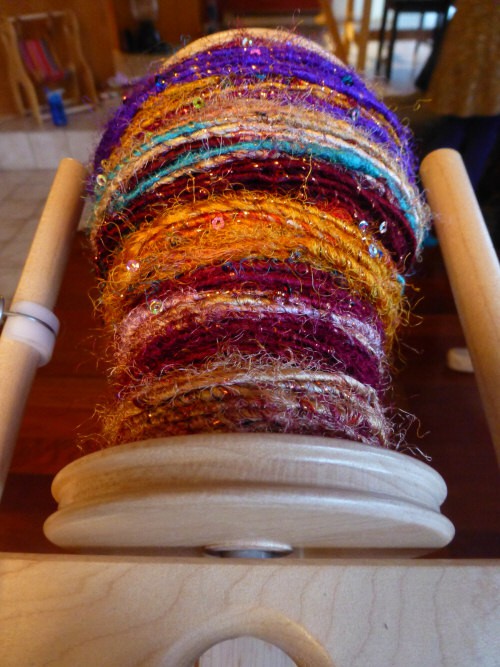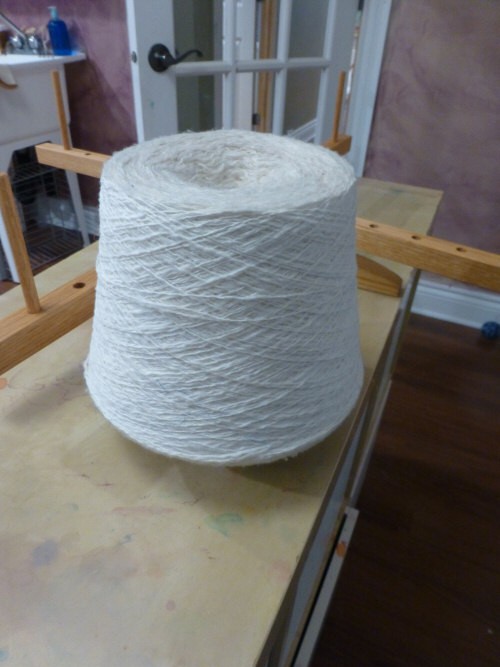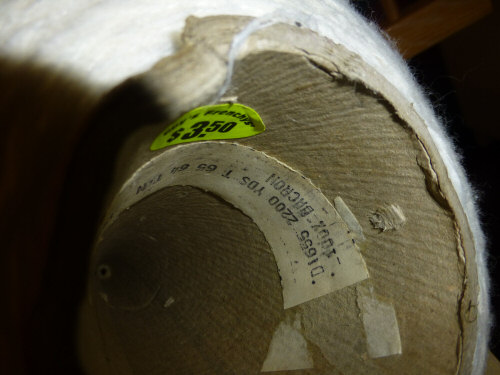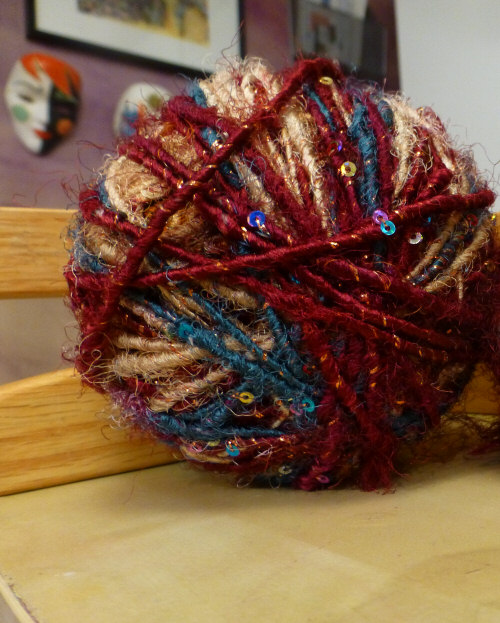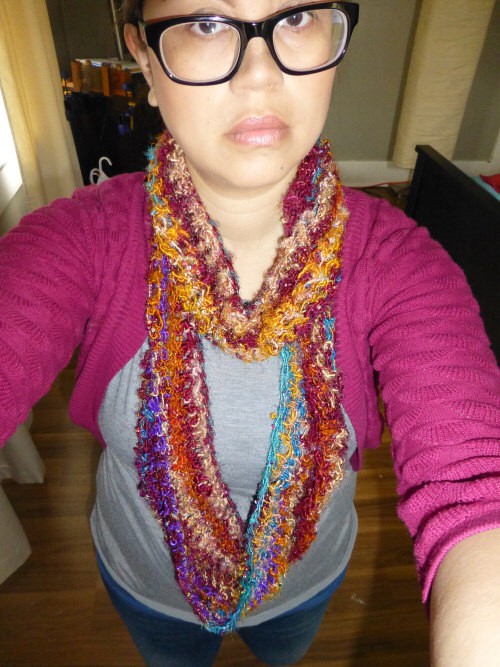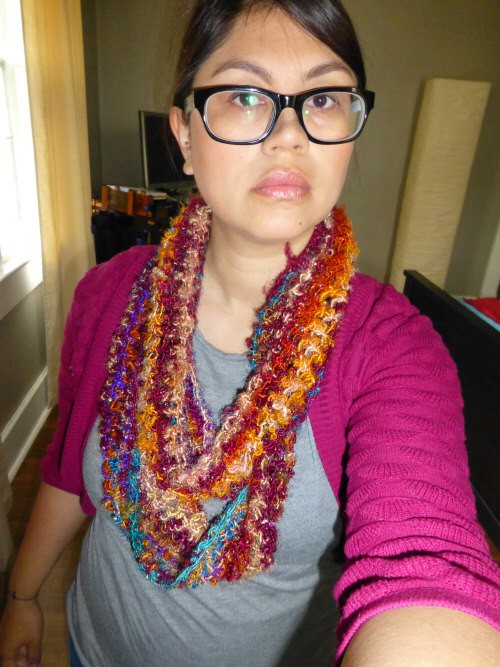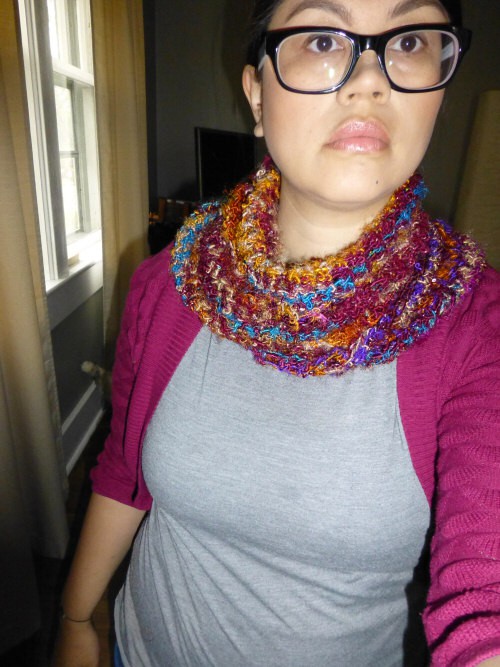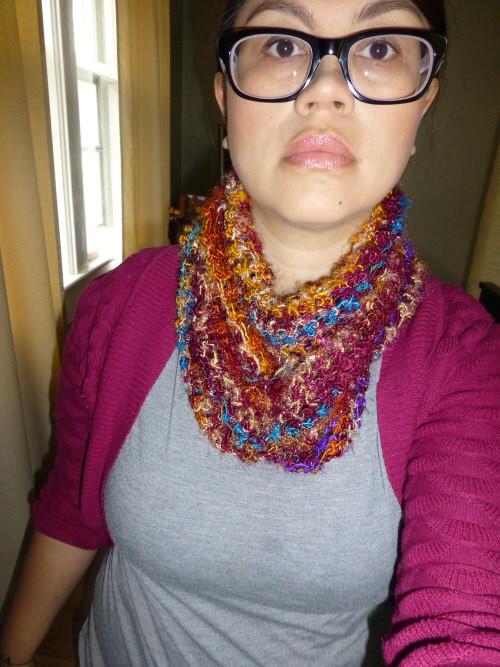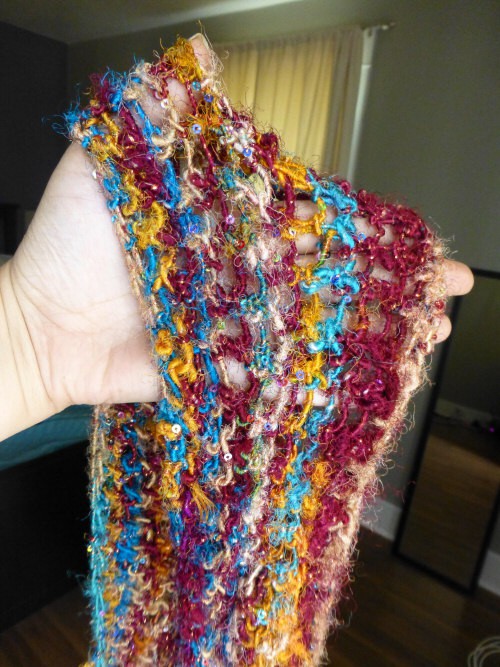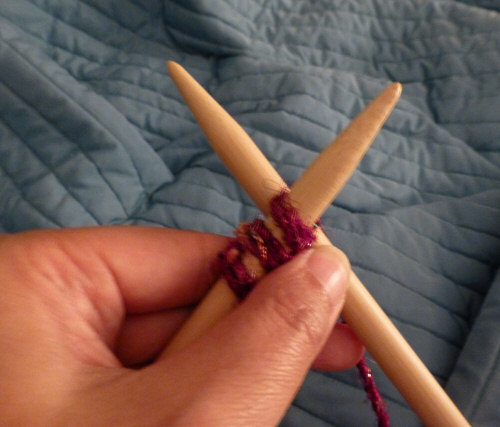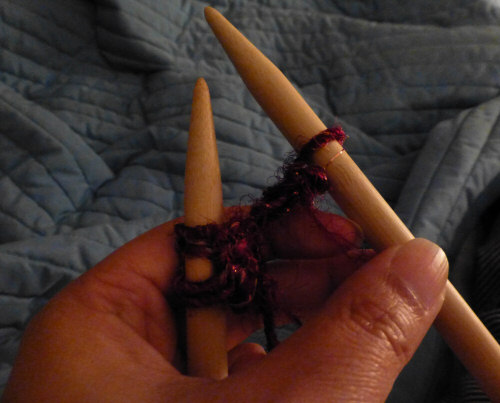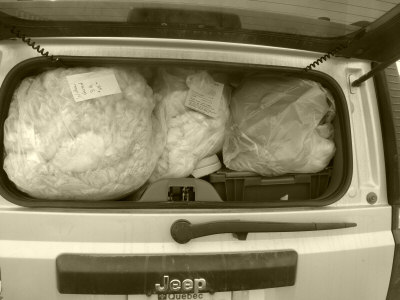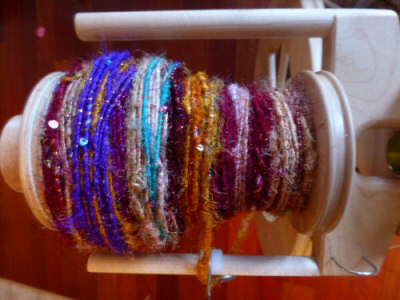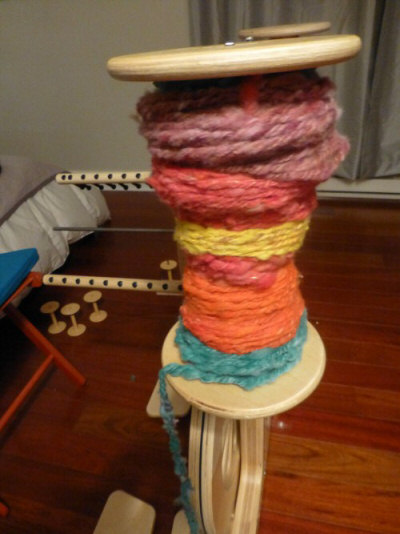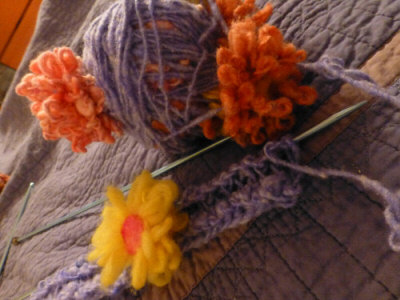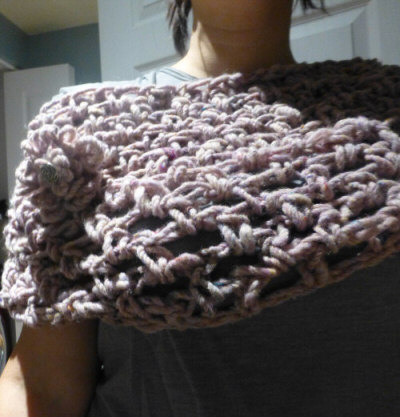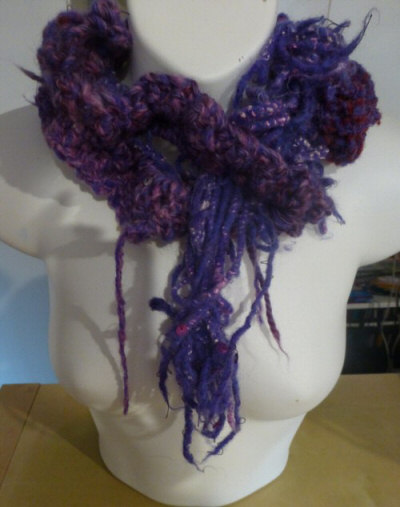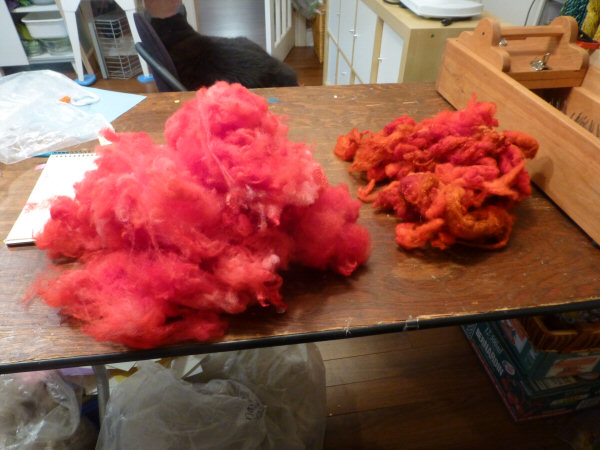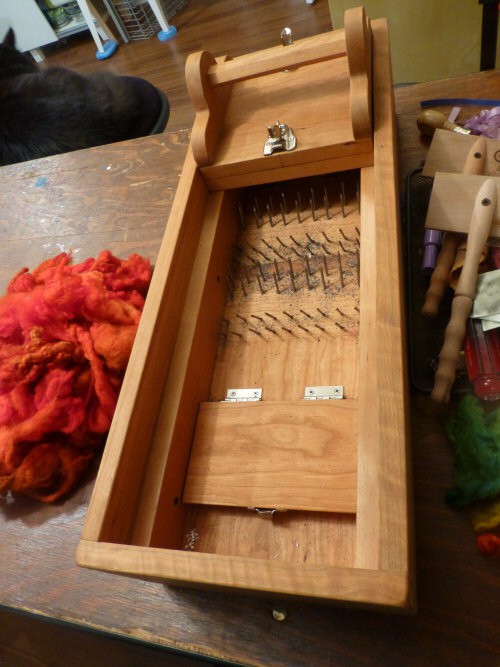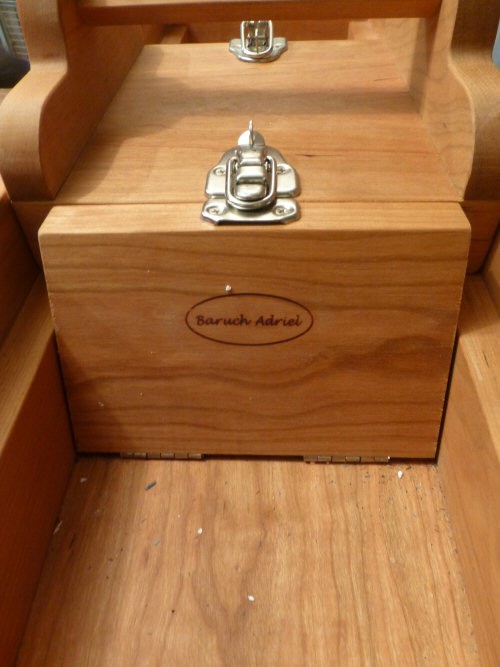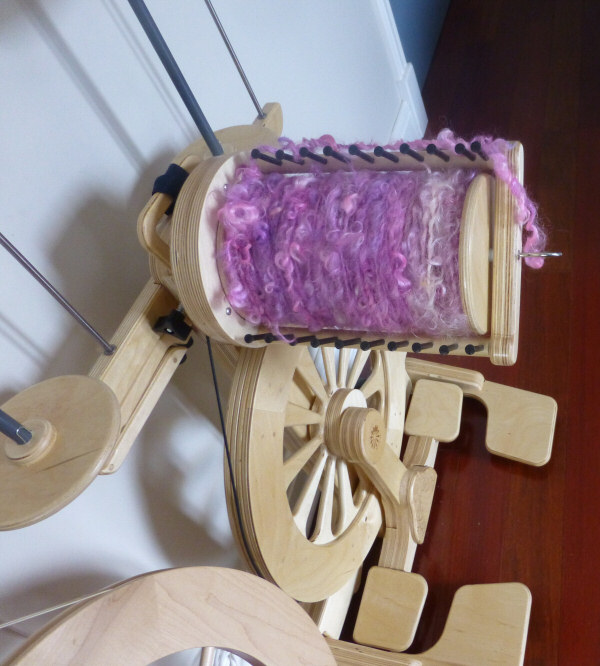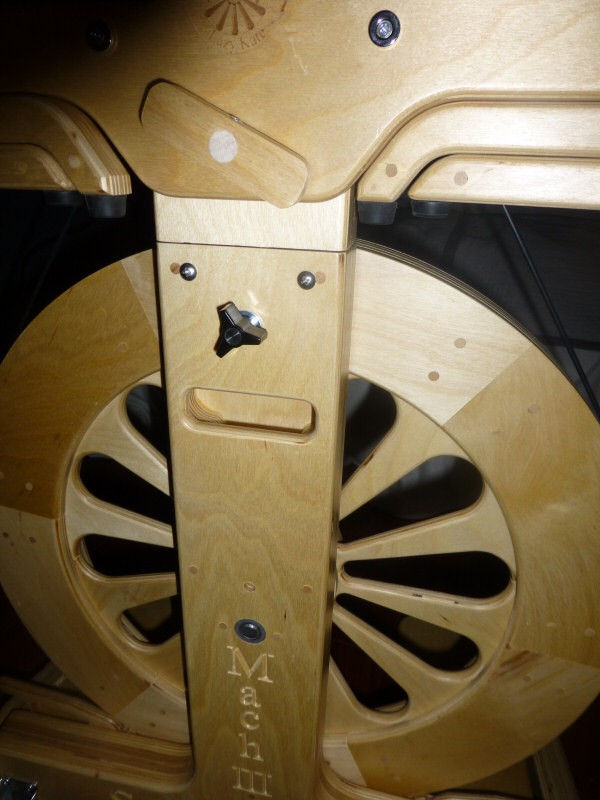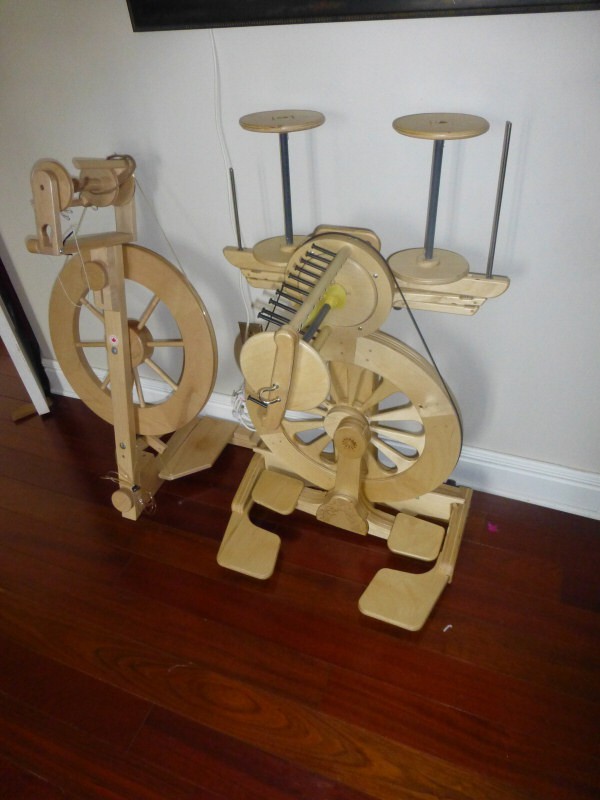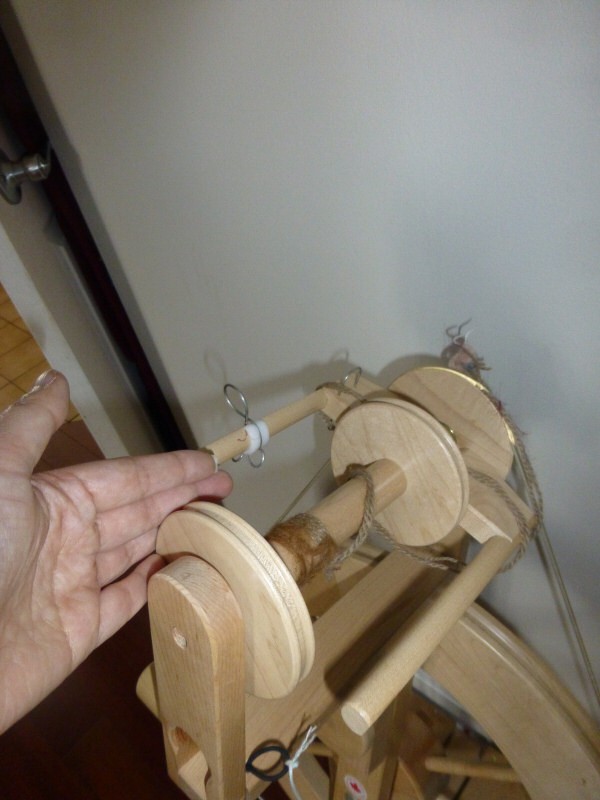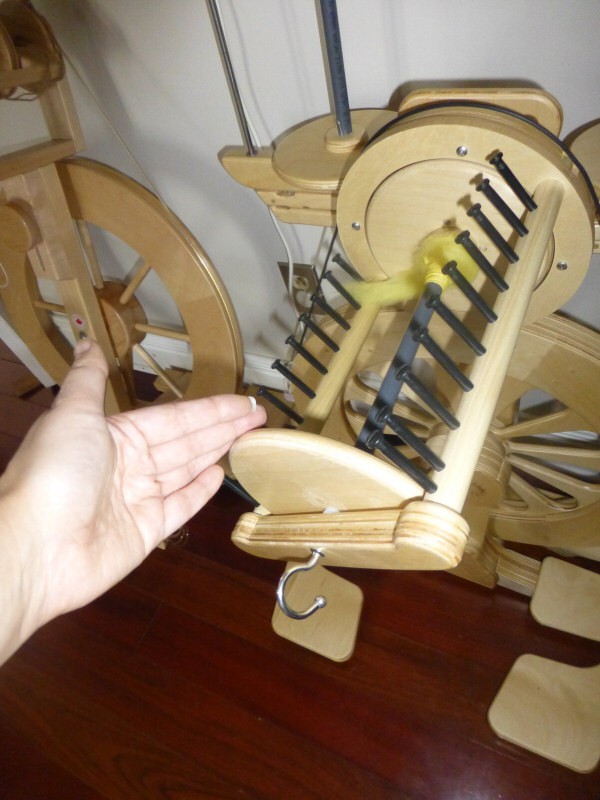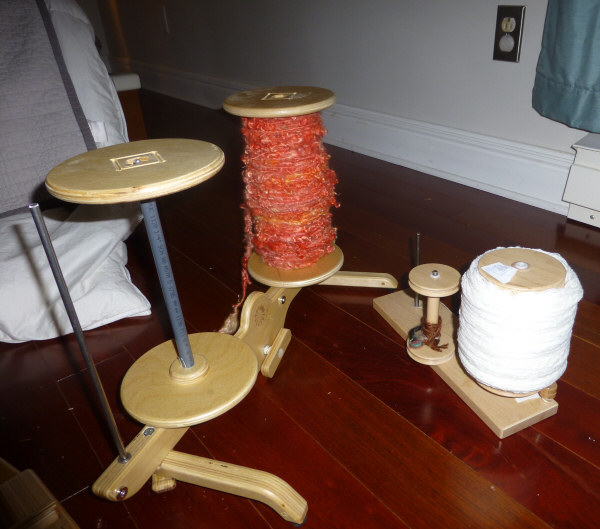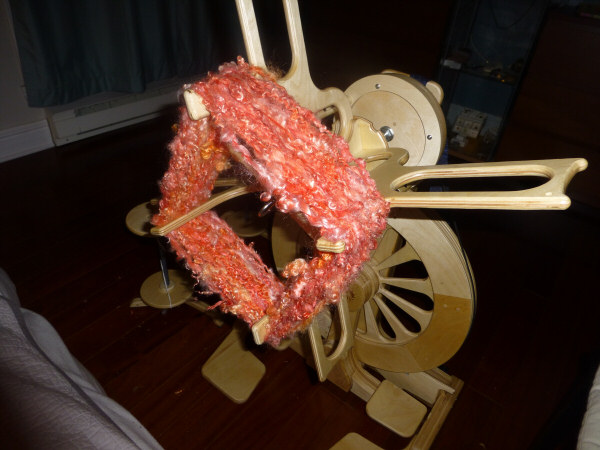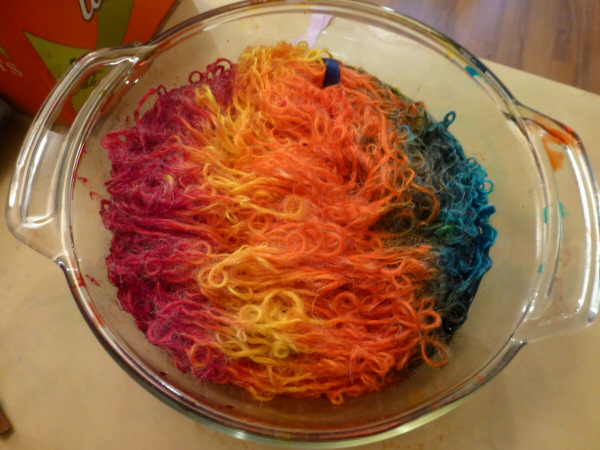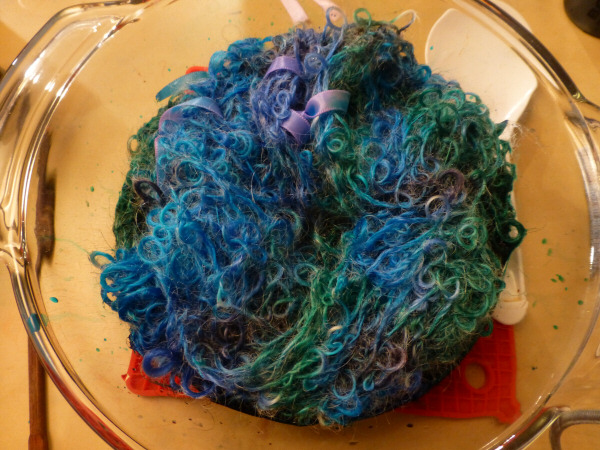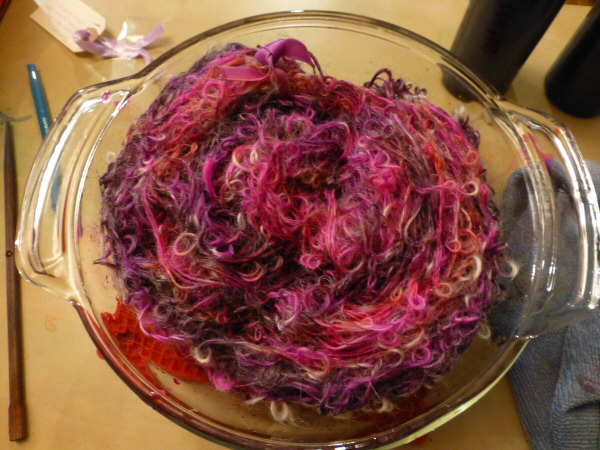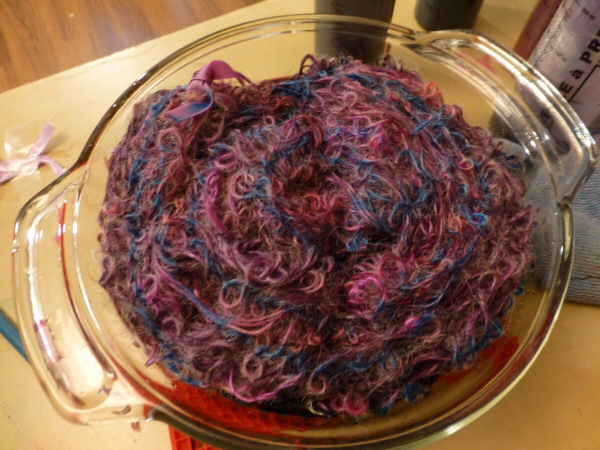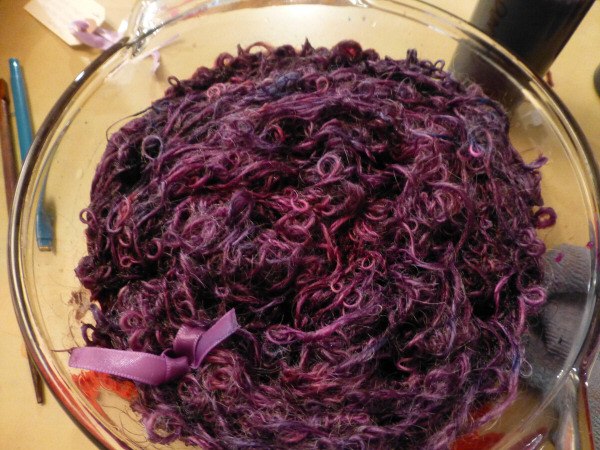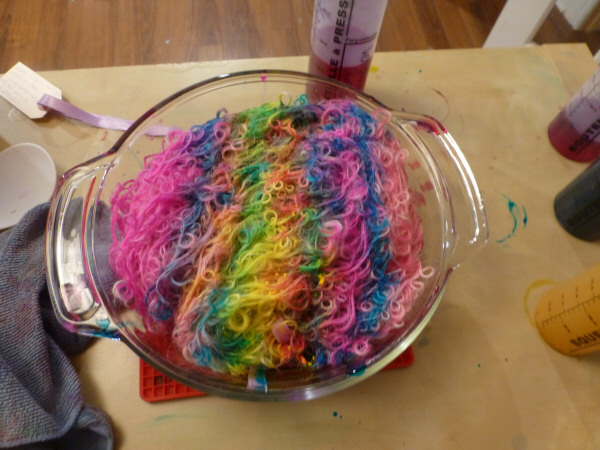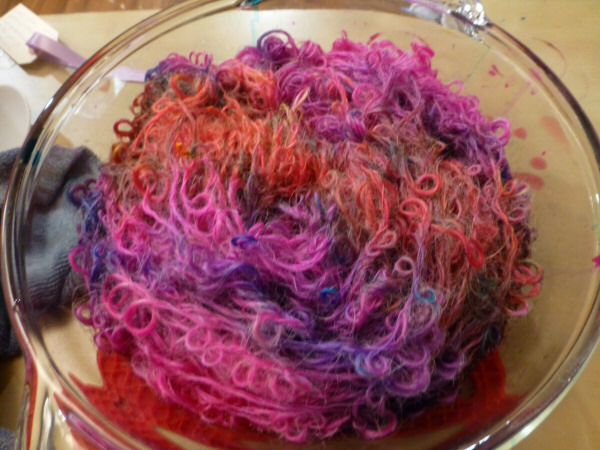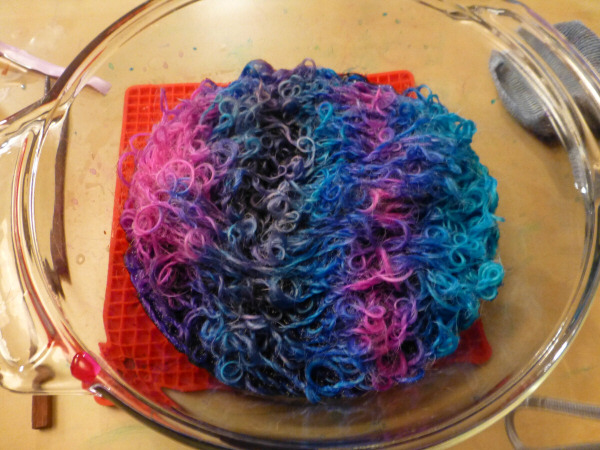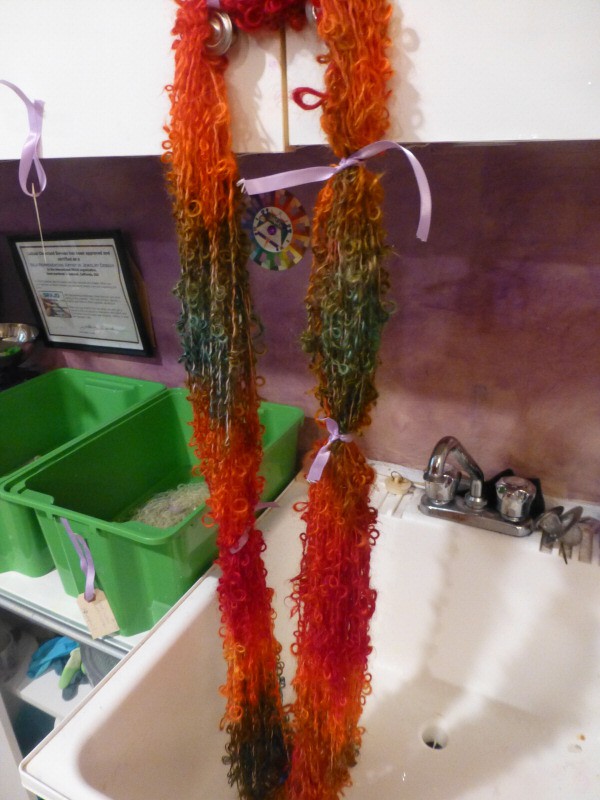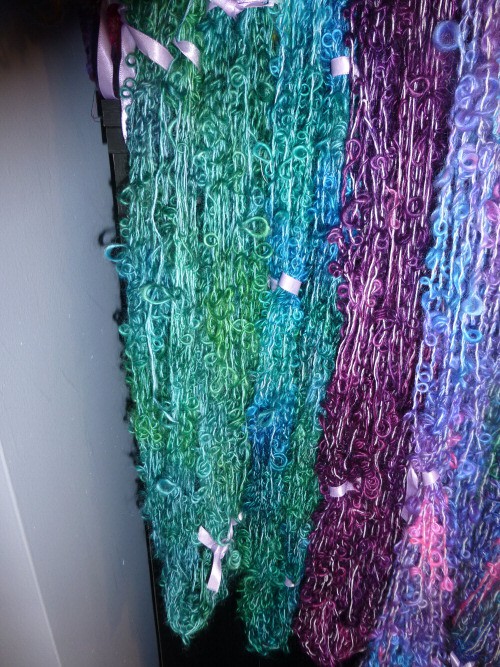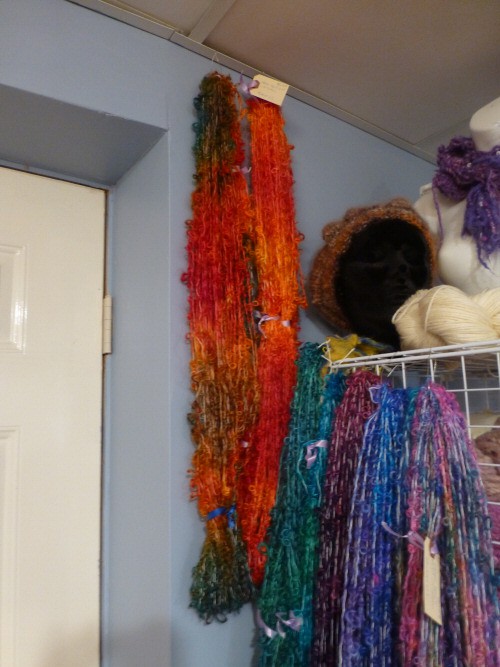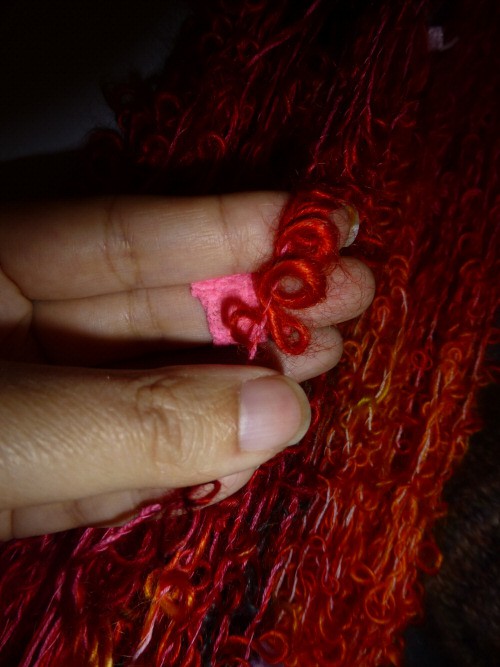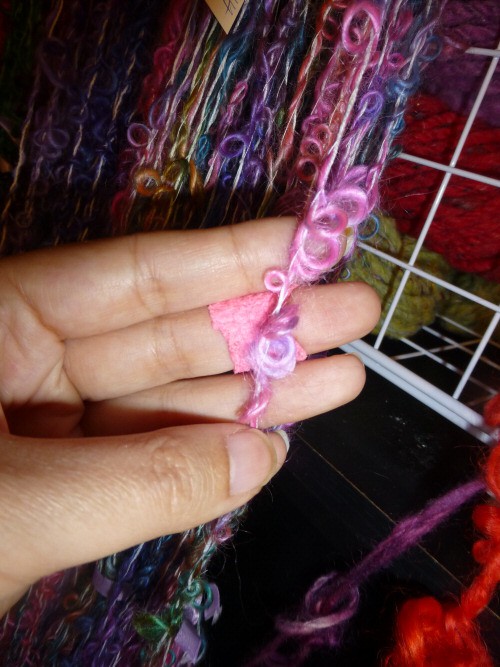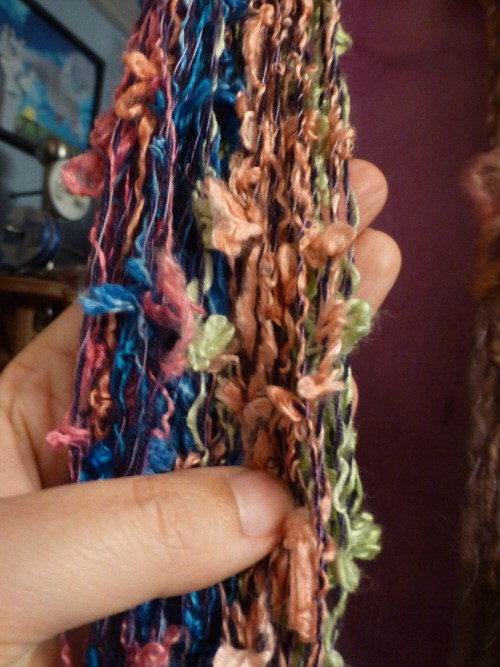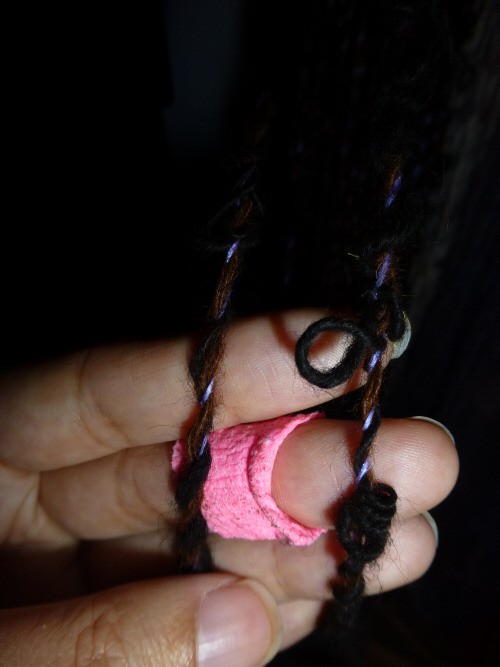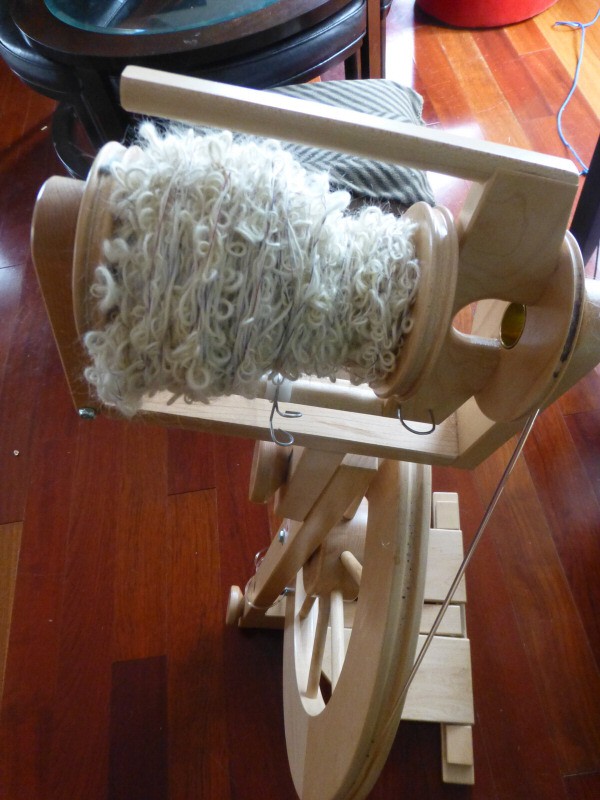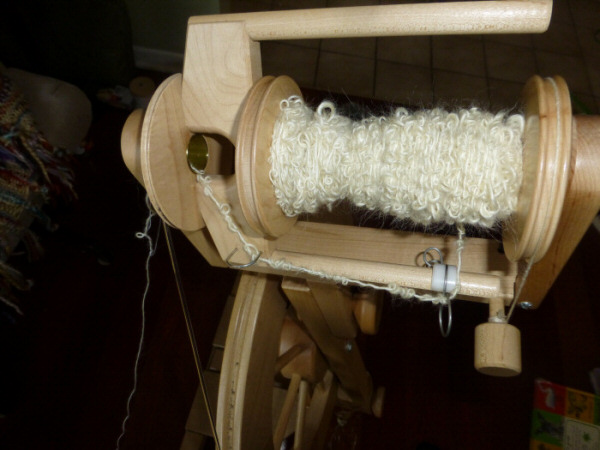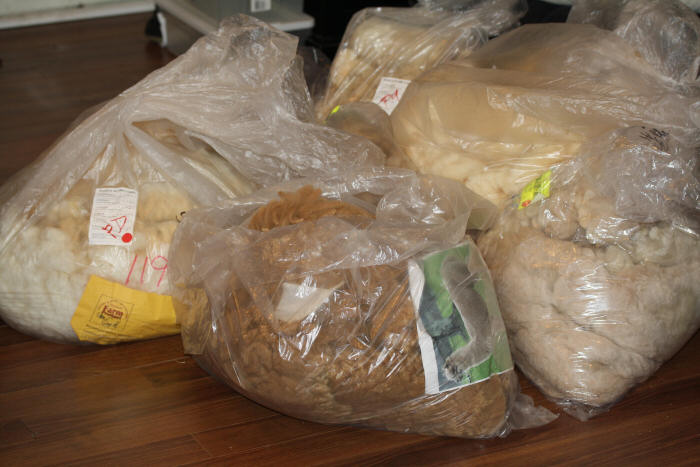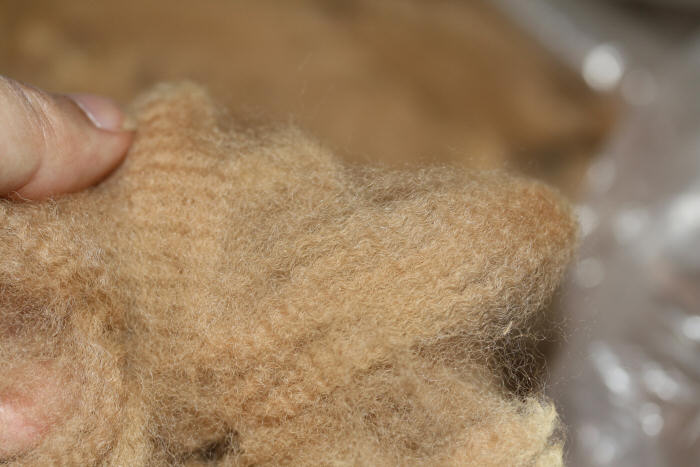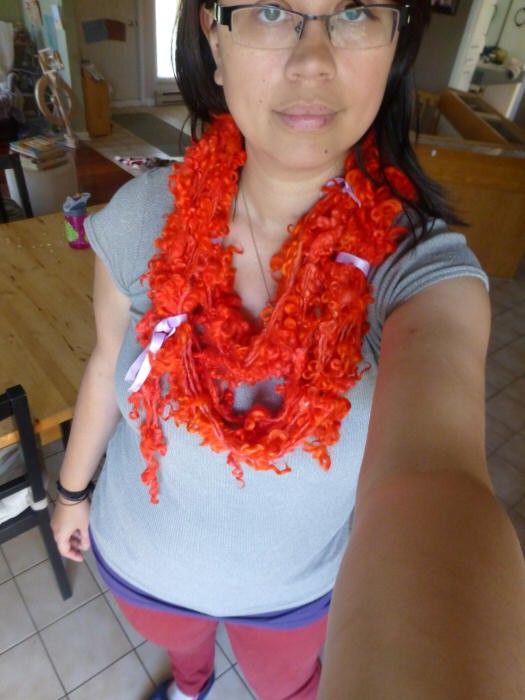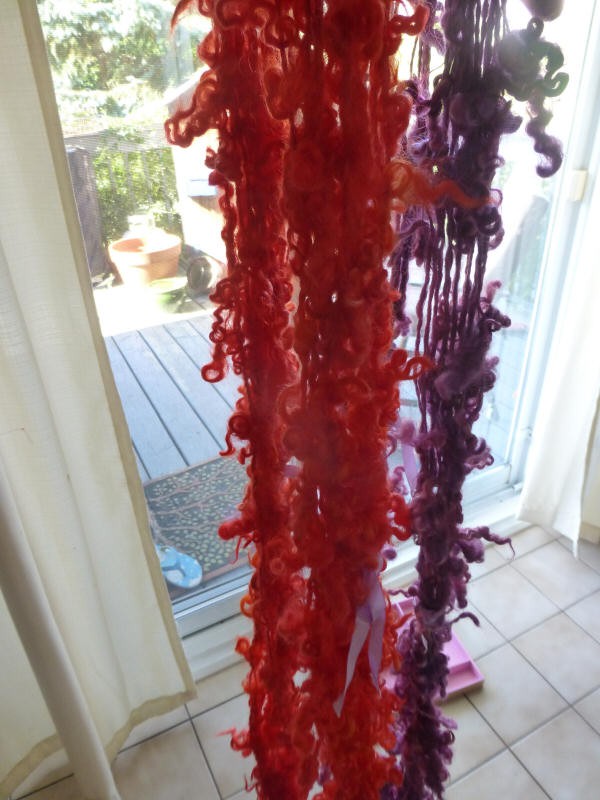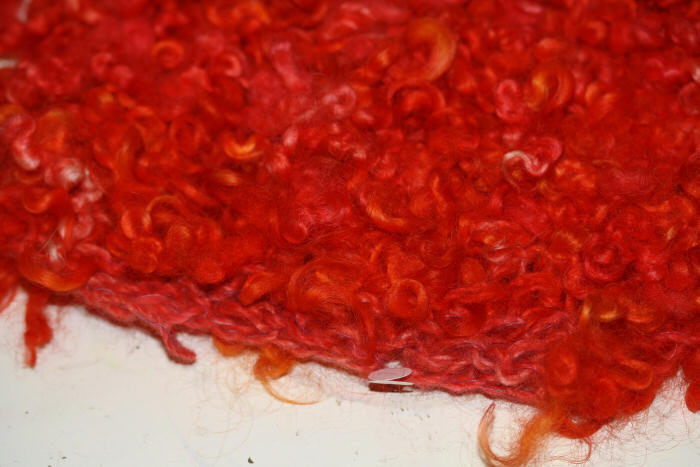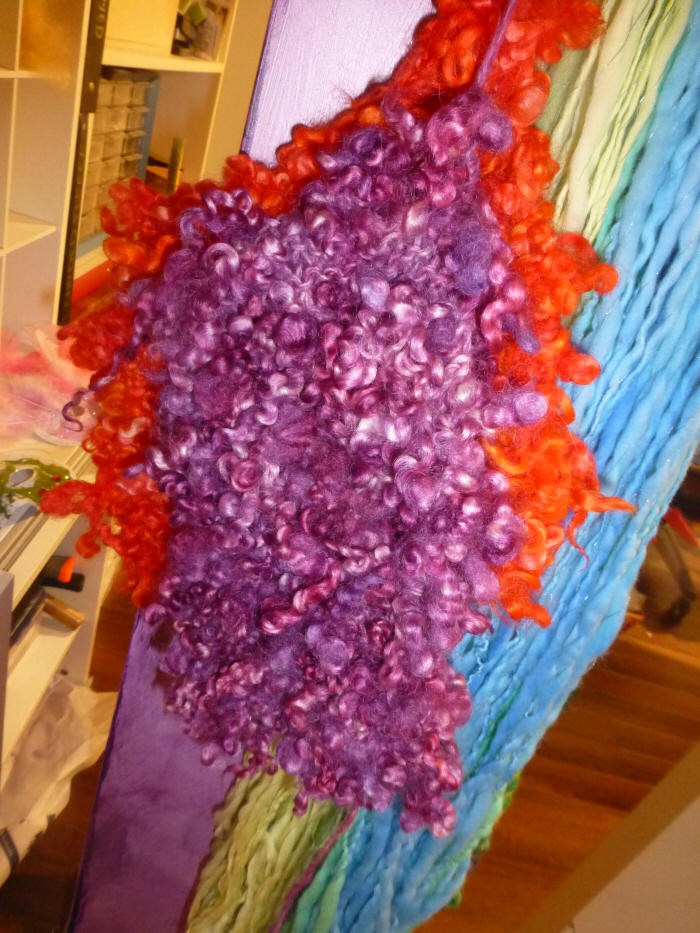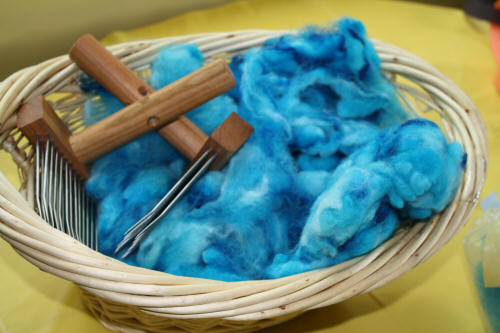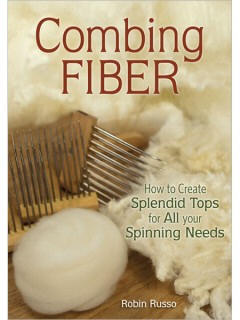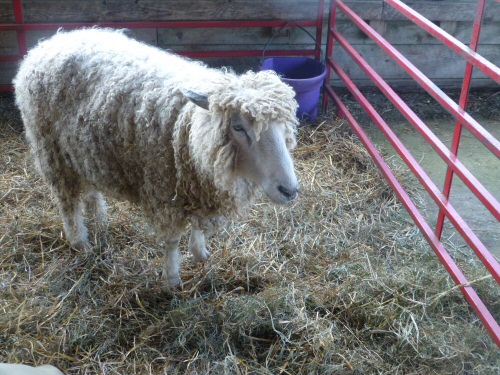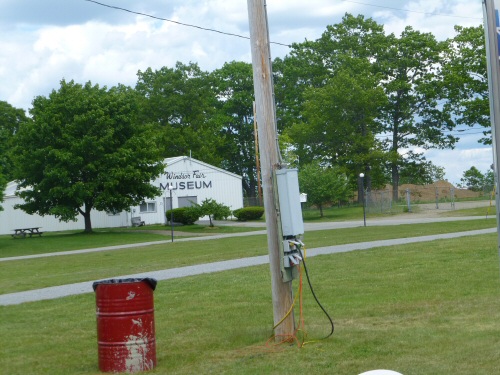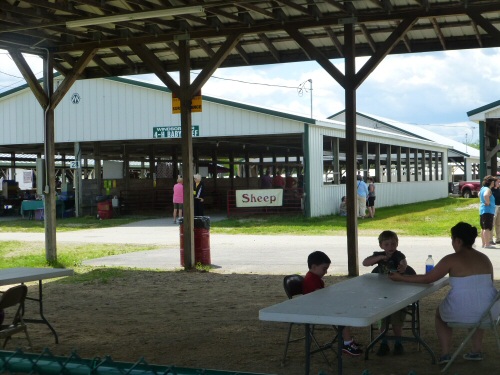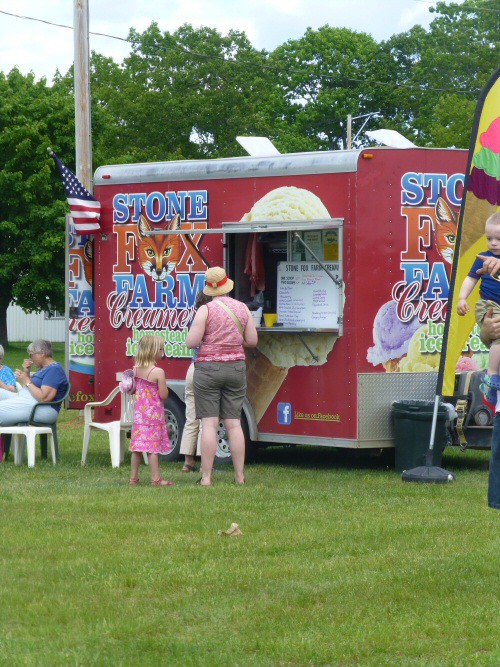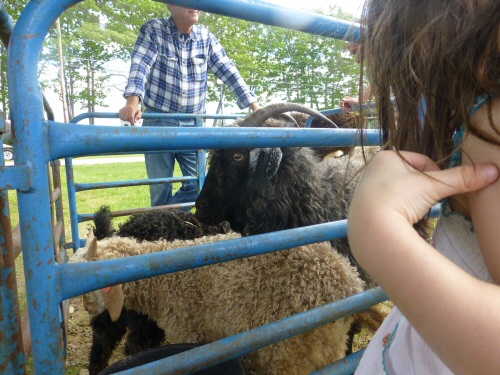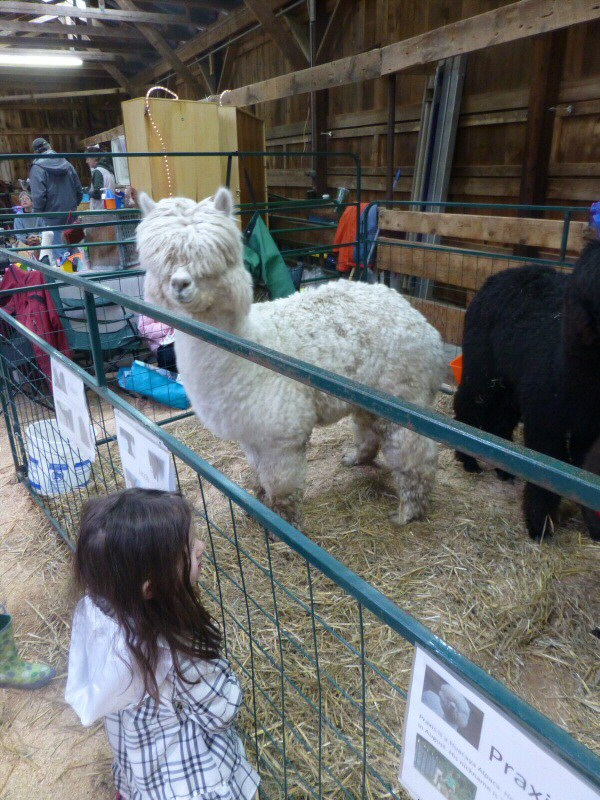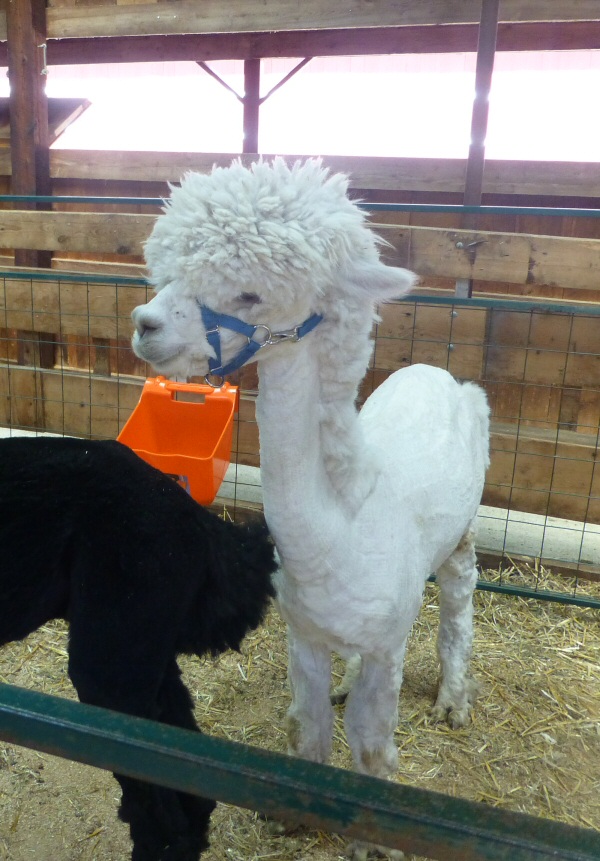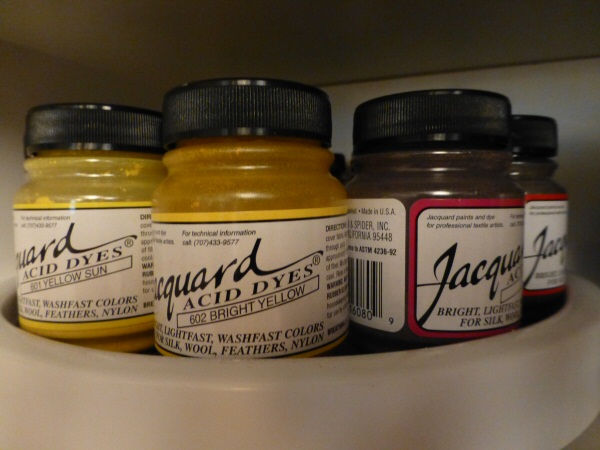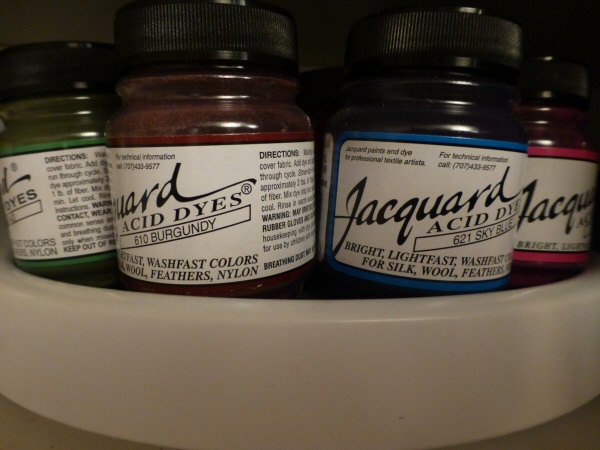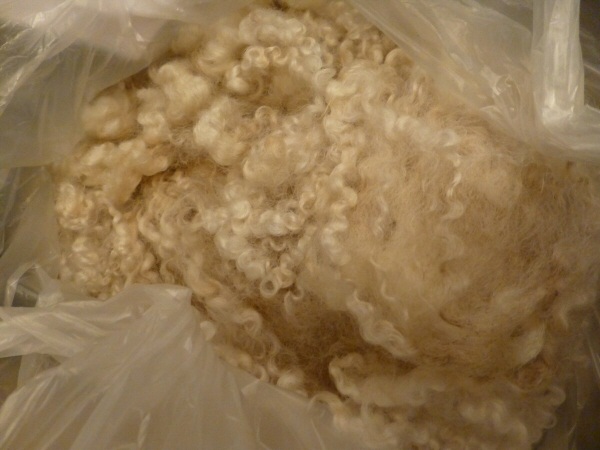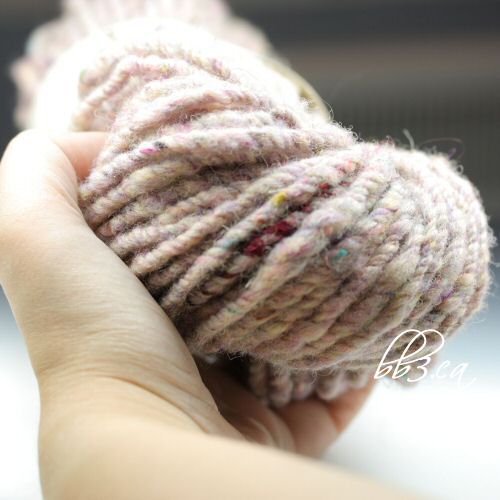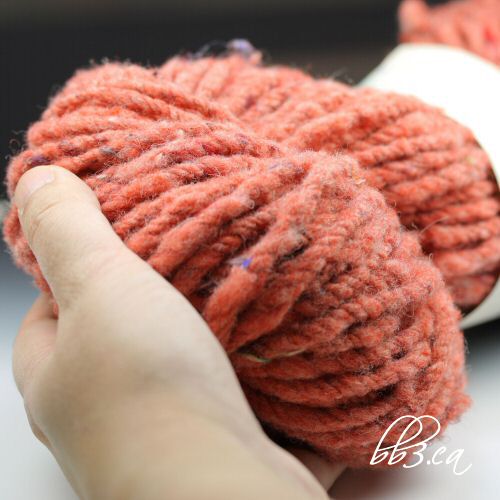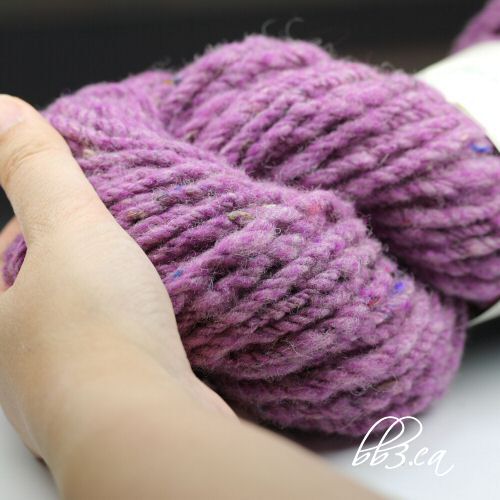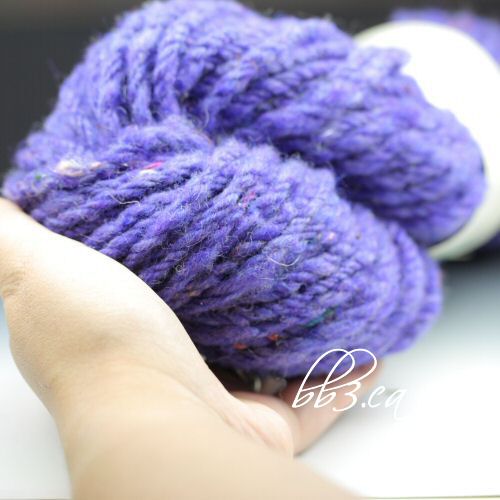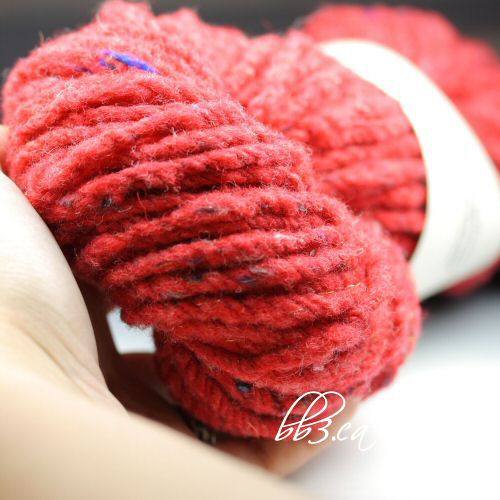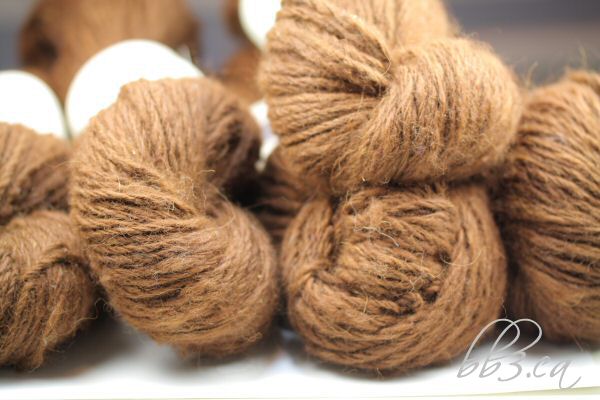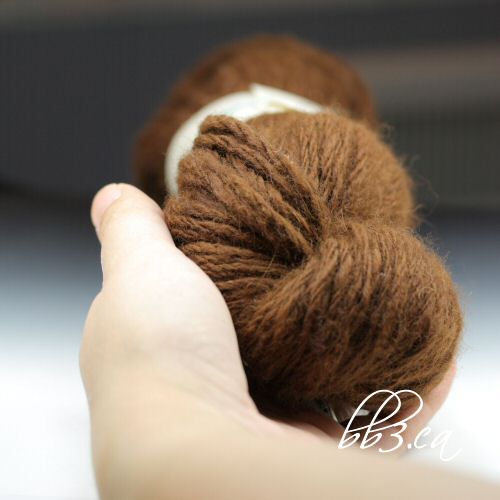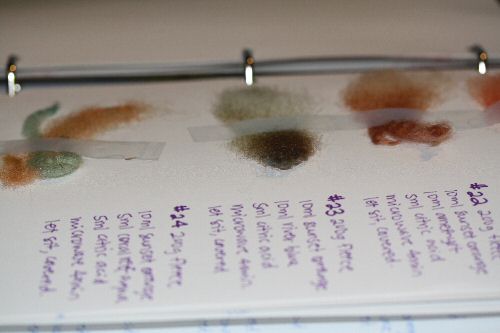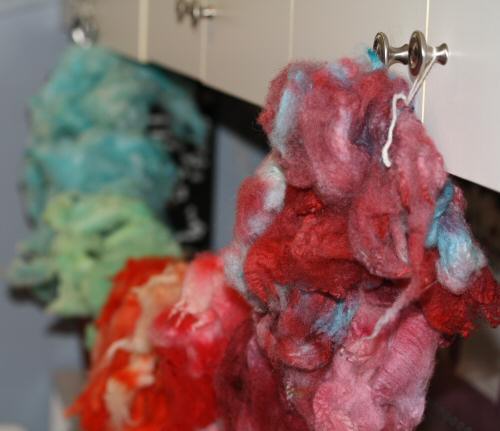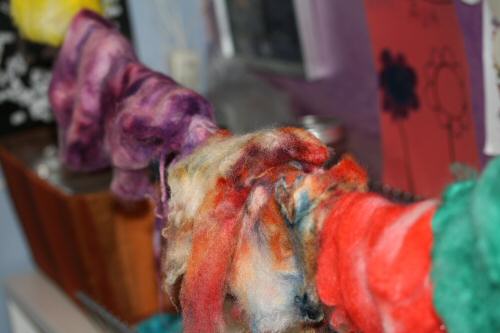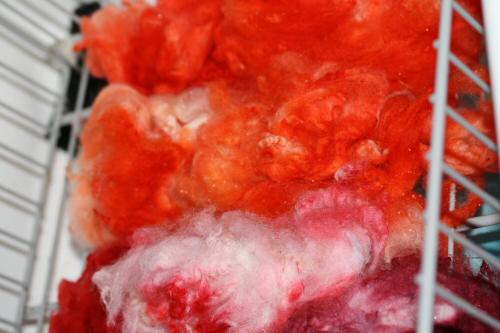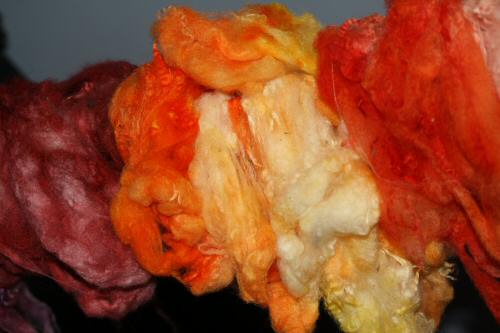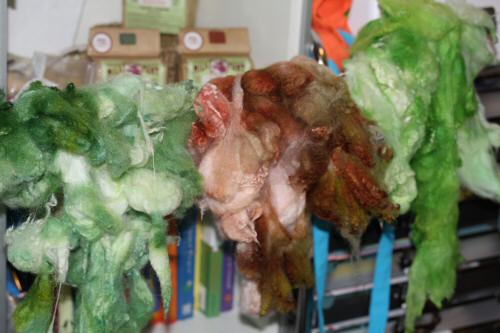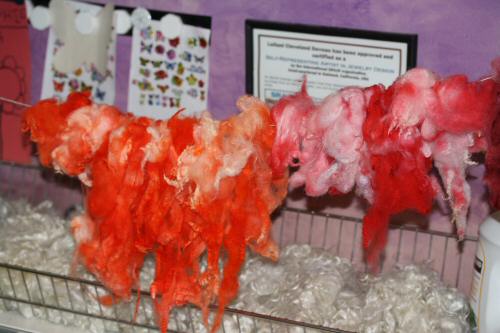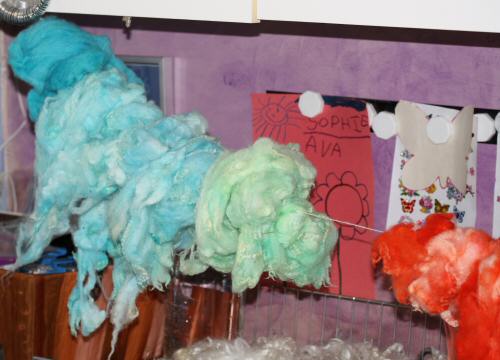
There is a disturbing video making its rounds on Social Media, of workers brutally beating sheep as they are being sheared of their fleece for the wool industry. I won’t link to the video here because it is truly upsetting. Seeing this video auto-play time & time again reminded me of one of the main reasons why I started spinning yarn.
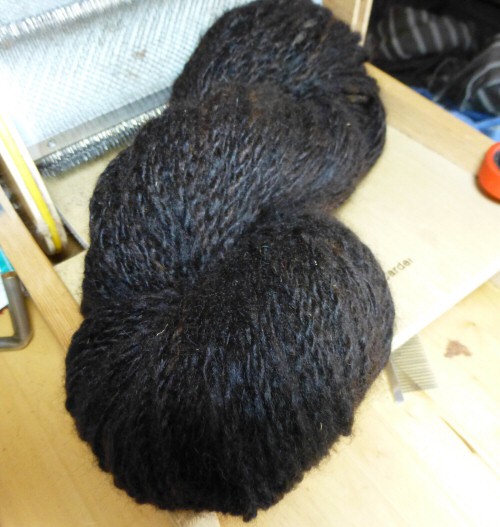
When I was teaching myself to knit and finally became comfortable with it, I started asking knitting friends and acquaintances what yarn brands they recommended as far as quality goes. Often the brands that came up were 100% wool – often merino. So off to the (craft) big box store to investigate. I was surprised at the lack of information on the label about the wool itself. In fact, there simply is no information past the weight and fiber type – normally just 100% wool. Well, what kind of wool? From where? I couldn’t help but ask myself the question, “Is wool yarn ethical?” Looking up the websites for these brands provided no information as well. What I did uncover, is accusations of abuse and mistreatment of the animals bred for this industry. I was left concluding I simply could not continue on with a hobby knowing animals were potentially abused just so I could knit a hat. At the time, spinning seemed way out of my wheelhouse. But the more I wanted a greater understanding of how yarn is constructed so that I could understand knitting better, the more spinning became appealing.
My family frequently attended wool shows and fiber festivals, in the beginning because I

wanted to do more natural crafts with my children & this route was suggested to me. They proved to be a great family activity. I grew up in a rural area and sometimes it was nice to get away from urban life. It soon became apparent that I could buy fiber from small producers and hobby farmers. I have even at times met the animals the fleece came from, and bought their fleece fresh shorn – on the spot. This is how I know sheep do not have to be abused to be shorn. Sure, some are very stubborn, but a skilled and compassionate hand can get the job done quickly without punching and kicking and strangleholds with minimal discomfort to the sheep (shearing in and of itself is a craft and I’d even say an art form – it is very fascinating to learn about & watch). In my observation they are also pretty darn happy to have all that heavy fleece off in the hot summer months. Much like buying local & direct to know where your food comes from, the same could be said about the fiber that is to be spun into yarn. I could connect with the producers and breeders, & I could feel confident in the product I was using. This connection lead me to learn how to process fiber by hand. At first, I couldn’t imagine handling a dirty fleece! Now I will skirt them if need be, hand pick then wash it – often soaking for hours on repeat – then card, dye and comb it (if creating top). My yarns really are from the ground up – and it is absolutely satisfying to me to see this product, a gift from the animal turned into something so lovely and appealing. This way I can really honor the animal that was so generous to share their fiber with me. Without these animals, I could never grow as an artist.
I know there will be people that will disagree with me that I cannot know know for absolute sure the animals are happy and well treated in captivity. And to some people’s horror, these same farmers also offer lamb meat (I personally do not eat lamb). I am a believer that every little bit of conscience effort is valid. We cannot do it all. I am also well aware of the large amount of greenwashing – and as I call it – “guilt-washing” out there. So I hope that is not how this reads. I am not here to convince you to buy my yarns. Honestly I am happy to keep them all to myself *evil laugh*. 😉 I am here to give thought to alternatives so that we do not have to always live in such extremes.
